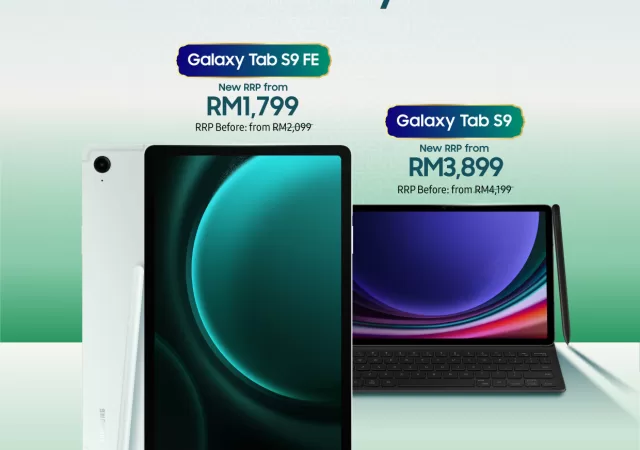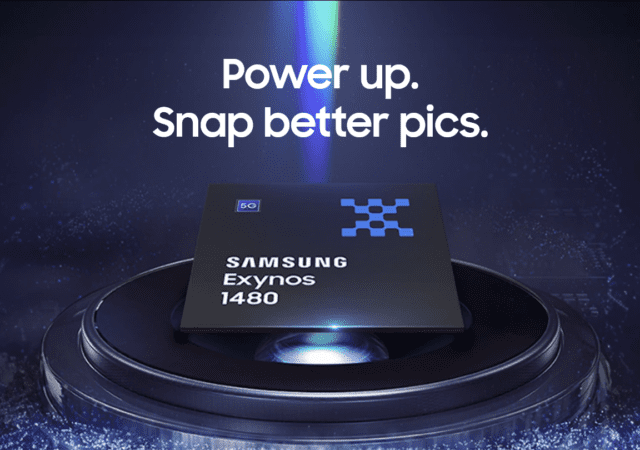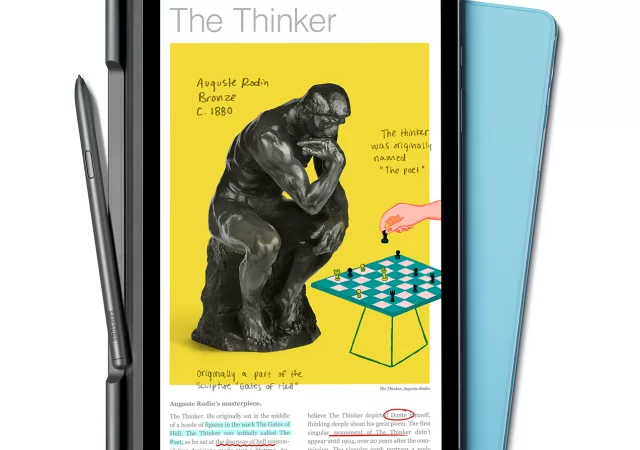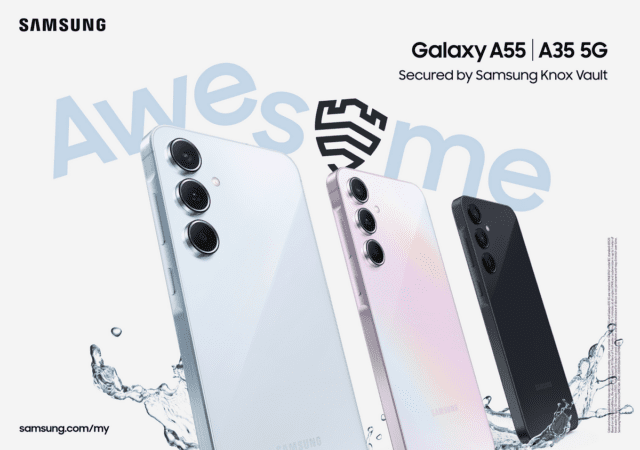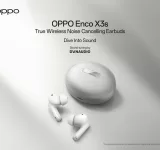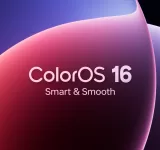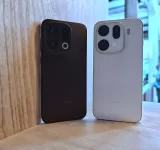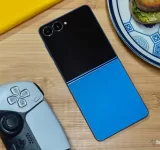Get ready to paint like never before with GoPaint, Huawei’s new painting app. The new app is set to be launched soon. Here’s all the details.
Galaxy AI-volution comes to Malaysia as Invaders Take over Semua House in Kuala Lumpur
Discover the exciting world of Galaxy AI. Experience an immersive event showcasing the new features of Samsung’s Galaxy AI on the Galaxy S24 series.
Samsung Reprices Galaxy Tab S9 & Galaxy Tab S9 FE in Malaysia
Samsung’s popular Galaxy Tab S series is getting more affordable. No, Samsung didn’t release another edition of the series. Instead, the tablet lineup is getting a price adjustment. The prices are taking effect starting on April 9, 2024. The Galaxy…
Samsung Details the Exynos 1480 Used in the Galaxy A55
Samsung finally unveils the details behind the Exynos 1480 processor which launched with the recently launched Galaxy A55.
Samsung Refreshes the Galaxy Tab S6 Lite for 2024 with the Exynos 1280
Samsung refreshes the Galaxy Tab S6 Lite with the Exynos 1280 and One UI 6.1 for 2024.
Galaxy AI Comes to Older Devices with One UI 6.1 Update starting March 28
Samsung’s Galaxy AI lands on more devices starting on March 28 with the global roll out of One UI 6.1 to older flagships.
Samsung Galaxy A Series Released with Knox Vault
Samsung announces the new Galaxy A series with the Galaxy A55 and Galaxy A35 that come with Knox Vault for better data security.
Samsung Takes Over Tun Razak Exchange MRT Station in Malaysia
Samsung takes over one of the largest interchange stations in Kuala Lumpur – Tun Razak Exchange – in conjunction with the launch of the Galaxy S24 series.
Nothing Phone (2a) Launches on March 5 2024. Here’s What We Know So Far…
Nothing is set to unveil its latest Nothing Phone (2a) on March 5, 2024. Here’s everything that we know so far.
Own an EV with CelcomDigi’s Easy360 Plans for as Low as RM299 a Month!
CelcomDigi is upping the ante and making electronic vehicle ownership easy. Get an e-bike from RydeEV with a CelcomDigi postpaid for RM299.





